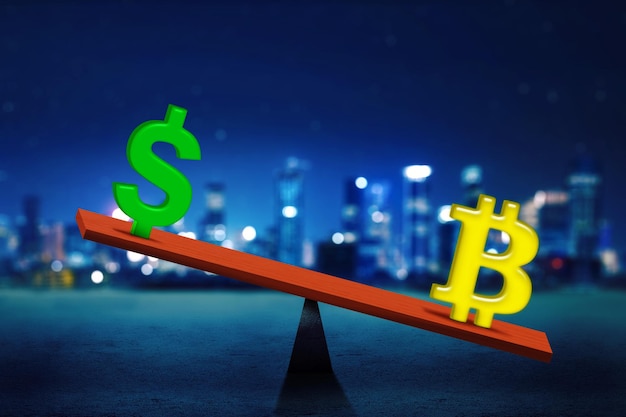Navigating the Uncertainty in US Equities: Are We on the Brink of a Significant Pullback?
In the annals of financial market history, the year 2023 has emerged as a milestone characterized by record-breaking highs and unprecedented gains in US equities. This relentless rally has left investors grappling with an essential question: are these soaring markets on the verge of a significant pullback? Amidst an economic landscape brimming with strength, anticipation of Federal Reserve actions, and burgeoning excitement over artificial intelligence (ai), market participants are engrossed in an intense debate regarding the sustainability of the bull run.
Exploring the Implications of ai Success on US Equities
The meteoric rise of US equities, as evidenced in the S&P 500’s unprecedented ascent and multiple record highs, has fueled both optimism and apprehension amongst investors. Proponents of the bullish outlook cite underlying fundamentals, such as a thriving US economy and potential future rate cuts by the Federal Reserve. However, skeptics issue words of caution, alluding to historical precedents and red flags that suggest a correction may be imminent.
A significant indicator that has garnered considerable attention in this discourse is the weekly relative strength index (RSI) of the S&P 500, which has soared to uncharted heights not witnessed since the inception of the twenty-first century. Analysts are meticulously examining historical data, unearthing instances where similar elevated RSI metrics have heralded the commencement of substantial market contractions. This scrutiny underscores the inherent vulnerability beneath the current market rally.
Examining Investor Sentiment
Amidst the exhilaration enveloping US equities, concerns regarding potential market bubbles have arisen, particularly in sectors closely connected to technological advancements, such as artificial intelligence (ai). The breathtaking surge of corporations like Nvidia, whose stock prices have reached unprecedented levels, has elicited comparisons to historical episodes of speculative mania. These comparisons raise questions about an impending reckoning.
One segment of analysts advises against hastily conflating present market conditions with historical bubbles by outlining intricate disparities in market dynamics and investor sentiment. Conversely, another camp maintains a vigilant stance, monitoring potential indicators of instability. Despite the conspicuous absence of widespread exuberance in the contemporary new issue market and subdued nature of initial public offering (IPO) activities compared to past peaks, skepticism persists regarding the enduring viability of current valuations.
As US equities continue their upward trajectory, the specter of a potential pullback casts a shadow over investor sentiment. While bullish narratives founded on economic strength and technological innovation abound, historical cautionary tales serve as sobering reminders of the inherent volatility of financial markets. With indicators suggesting potential headwinds and market sentiment fluctuating between optimism and trepidation, the road ahead for US equities remains uncertain.
In conclusion, investors find themselves at a crossroads as they consider whether US equities are on the brink of a significant correction or if this is merely a temporary pause in an enduring bull market. The debate rages on, with both bullish and bearish narratives holding sway amidst economic strength, technological innovation, historical precedents, and investor sentiment. As market dynamics continue to unfold, it is crucial for investors to remain informed and vigilant in their decision-making process.
Note: This article is intended for informational purposes only and should not be considered as investment advice. Always consult a financial advisor or conduct thorough research before making any investment decisions.




